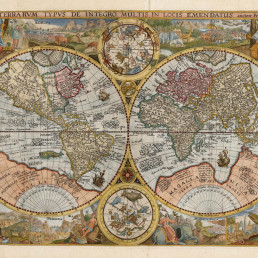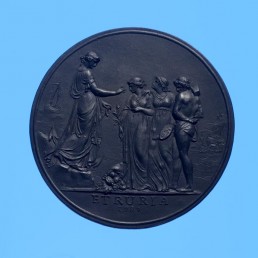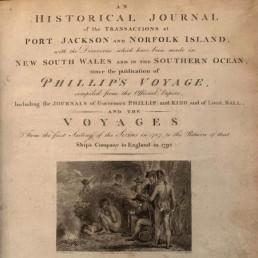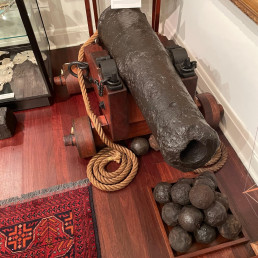
Name/TitleCreamware mug depicting George Barrington
About this objectEighteenth-century English earthenware mug decorated with the first known image of an Australian convict in porcelain, the rakish and charismatic pickpocket George Barrington, for many years the most famous felon in the colony.
Barrington was already a favourite of the press when, in September 1790, he was caught stealing a gentleman’s watch in the crush of Enfield racecourse. At his trial at the Old Bailey, Barrington was sentenced to seven years transportation to NSW, his theatrical self-defence reputedly leaving jury and judge in tears. Such was the interest that newspaper reports turned into full books, the first of which was published at the end of 1790 as The Memoirs of George Barrington. The Memoirs featured a remarkable frontispiece depiction of Barrington picking his mark’s pocket, and it is that image which is reproduced on the mug, confirming the early date.
By September 1791 Barrington was in Sydney, where he in fact led a rather sober and industrious life, including being appointed a police constable at Parramatta.
Date Made1791
Period18th century
Place MadeUnited Kingdom
Medium and MaterialsCreamware
TechniqueCeramic
Measurements12.2cm high.
Object TypeCeramics and Pottery
Object numberSF001120
Copyright Licence![]() Attribution - Non-commercial - No Derivatives (cc)
Attribution - Non-commercial - No Derivatives (cc)
Explore by category
Maps and Charts
Date range: 1541-1836
Ship Models
Date range: 1629-1890
Maritime Paintings
Date range: 1793-1849
Manuscripts and Ephemera
Date range: 1768-c1850
Medallions & Convict Tokens
Date range: 1619-1880
Landscapes
Date range: 1768-c1850
Books
Date range: 1694-c1850
Currency and Shares
Date range: 1624-1823
Printed Material
Date range: 1541-1836
Maritime Archaeology
Date range: 1629-1854
Curator's corner
New acquisitions, staff favourites and curios
The mug is decorated with an underglaze and a blue transfer print. On the body, it is titled ‘Emigrants to Australia’. This type of body and glaze was discontinued by 1840. Comparison of the handle shape and the profile of the foot, point to the attribution of manufacture by the Davenport Factory.
Delta was a ship-rigged vessel with two decks and three masts. It was built in Dordrecht, Netherlands in 1839 at the shipyard of Jan Schouten and registered in the same port. Its hull was constructed of oak and sheathed in ‘yellow metal’. Delta was owned by H. van der Sande at the time of its loss and was engaged as a cargo trader.
The Delta carried 29 crew and passengers, while sailing from Melbourne to Batavia in ballast when wrecked at Kenn Reefs on 30 May 1854 whilst under the command of Captain J.G. Kunst. This vessel loss supports the pattern of shipwrecks located on a well-travelled shipping route that was poorly charted until the mid-nineteenth century. The crew of the Delta could see four other shipwrecks at Kenn Reefs at the time of their vessel’s loss.
Important image of a ship associated with Matthew Flinders, that would shortly become one of the most famous early shipwrecks in eastern Australian waters. This is a fine ship’s portrait, by one of the great exponents of the art


















